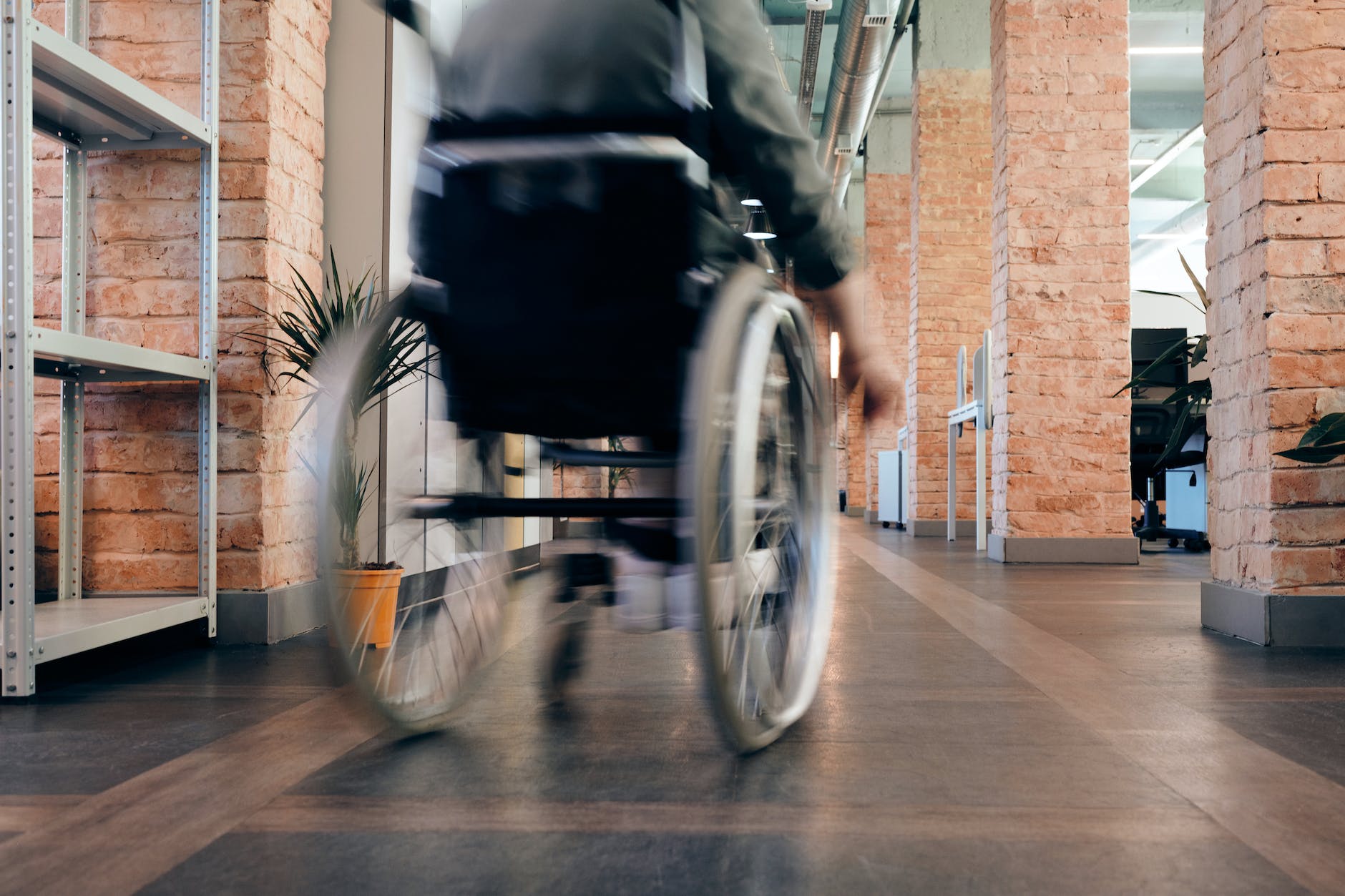
Disability
Explaining the active dissemination of notifications about existing disorders and ways to communicate with people living with them is straightforward. Today, there are day programs for adults with developmental disabilities aimed at providing assistance. The primary goal is to establish suitable conditions catering to special needs.
Caring for the environment aids in improving adaptation, offering necessary support, and reducing discomfort. Society must be aware of these aspects as this knowledge emphasizes what is essential.
Utilize the provided list of developmental disabilities to become acquainted with various disorders and their causes. Understanding those who feel vulnerable is crucial. Some individuals may not always articulate their discomfort, leading to unpredictable consequences.
Cerebral Palsy (CP)
In most cases, CP affects muscle tissue, restricting free movement for individuals. Activities such as sitting and standing become challenging, and controlling muscle contractions is difficult. The factors determining the frequency and intensity of spasms remain unknown. The emergence of CP is often linked to:
- Brain injury during childbirth
- Premature birth
- Low birth weight
However, trauma to the human brain has the most significant impact on the risk of developing CP. Infections and insufficient oxygen saturation further increase the likelihood of this condition. Treatment primarily involves reducing discomfort and relieving muscle tension.
Prader-Willi Syndrome
The following common disorder is Prader-Willi syndrome. Diagnostics is carried out at an early age. A gene mutation is one of the causes of development. DNA with an altered 15th chromosome has a high probability of causing the disorder. With this in mind, the list of the most common developmental disorders includes malformation. It is manifested as follows
- Mental activity. Problems arise when performing mathematical calculations, as well as when speaking.
- Physical activity. Muscles are often unable to withstand heavy loads, so movement is difficult.
- Emotional sensitivity. The inability to express emotions leads to a gradual loss of other feelings.
Symptoms can be corrected. Timely help can improve brain function and restore the ability to adapt.
Autism Spectrum Disorders
The risk of development depends on the body’s endurance. A striking manifestation is problems with communication. A person loses communication abilities because they perceive the world differently. The risk of occurrence is associated with a DNA mutation. The intensity of manifestations and the impact on quality of life depend on other genetic characteristics.
Despite genome changes, problems with the nervous system are invisible. External evaluation of a person with the disease will not bring results. However, the presence of ASD is indicated by difficulties in eye contact, reduced communication skills, and repetitive actions. Regardless of the severity, people with the disorder need a unique approach to learning and developing skills and abilities.
Down Syndrome
Genetic changes cause the disease. Human DNA contains an extra chromosome. Slower development of cognitive functions, impaired physical abilities, and a predisposition to certain diseases indicate the disorder. The presence of the defect is manifested in:
- Delayed cognitive development;
- Insufficient adaptation in society;
- Problems with everyday activities.
The physical manifestation of the disorder is usually noticeable as the shape of the face is changed. This common disability is included in the list of types of developmental disorders in different countries
Attention-Deficit/Hyperactivity Disorder (ADHD)
The search for the causes of this disorder is ongoing, with research indicating that physical factors significantly influence its development. Primarily, brain injuries and environmental influences are noted. While typically diagnosed in childhood, ADHD can persist into adulthood, characterized by:
- Poor ability to concentrate attention
- Increased mobility regardless of circumstances
- A tendency to make impulsive decisions
Treatment aims to cultivate positive habits to enhance overall well-being. Behavioral therapy is provided for both children and their parents. In some cases, medication is used, always in conjunction with the aforementioned control methods.
Intellectual disabilities
Intellectual disabilities share common characteristics with developmental disabilities, but it’s important to note that these concepts are not identical. Manifestations are typically observed from an early age; a child’s use of mental abilities is limited, often leading to a disruption in adaptive behavior.
These limited opportunities can impact academic success, and individuals may experience difficulty in social interaction and performing simple actions. Signs of this disruption are noticeable in childhood, as children struggle to communicate with peers and exhibit anxiety in unfamiliar circumstances.
Summary
These types of developmental disabilities significantly impact individuals’ ways of life, necessitating additional support for those diagnosed. Joint training and therapy sessions are offered to address these needs. As attitudes toward these issues evolve, Gateway Counseling Center continues to dedicate efforts in this direction.






